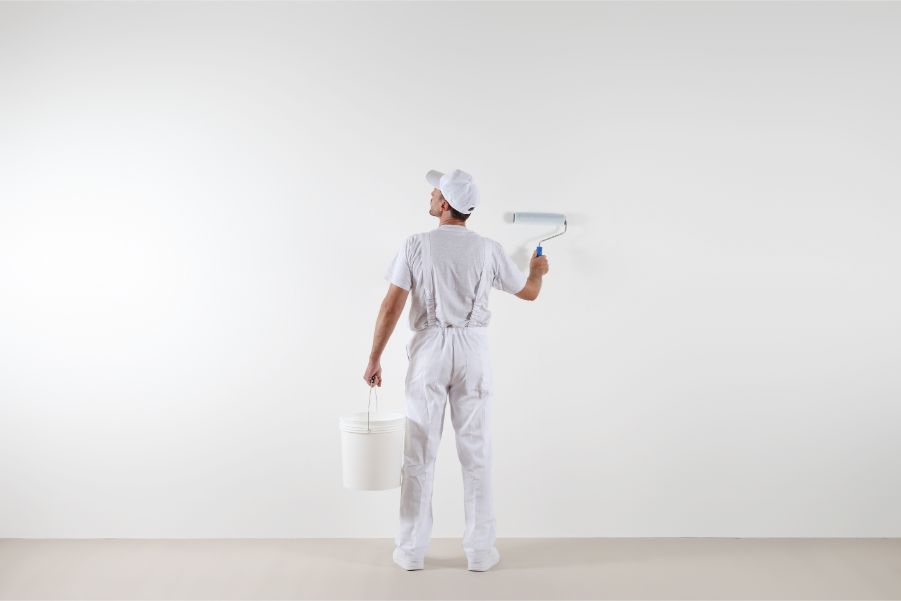In this age where sustainability forms the core and focus of today’s society, modern painters embrace environmentally friendly painting. These methods will help create a cleaner environment and a better living environment for all. Here’s a relatively easy guide to eco-friendly painting practices beneficial to our planet.
Opt for Low-VOC or Zero-VOC
What Is VOC?
VOCs are solvents added to most traditional paints; they are toxic gases released into the atmosphere as the paint area. They cause various diseases and environmental pollutants in the air.
- Problem: Choose low-volatile organic compounds or zero-VOC paints. Such paints have minor to no polluting emissions and are therefore safe for environmental and indoor air quality. Many producers now offer variations in eco-friendly paints with different colors and finishes, so you don’t need to compromise on aesthetics.
Natural and Non-Toxic Paints
- Beyond VOCs: Some eco-friendly paints go the extra length to use natural, non-toxic ingredients from plant oils, minerals, and clay.
- Plan: Look out for natural or organic labeled paints. Most such products contain fewer synthetic chemicals and are biodegradable, reducing their environmental impact. These are great for sensitive areas, like a child’s room or nursery.
Dispose of the Paint and Materials Appropriately
- Environmental Hazard: The improper disposal of paint, brushes, and rollers may be equally damaging to the environment through soil and other sources of water contamination.
- Solution: Dispose of paints and materials properly. Most communities offer hazardous waste collection sites where you can dispose of your remaining paint. You might also donate excess paint to schools, community centers, and theater groups. Clean the brushes and rollers thoroughly, and consider reusable tools to cut down on waste.
Painting Tools and Supplies for Sustainability
- Human Obstacle: The traditional painting object is often prepared with plastics and other non-biodegradable materials.
- Solution: Calgary painters spend a bit more on better quality, longer lasting tools for painting; these will save waste over a more extended period. They consider natural bristle brushes, biodegradable core rollers, and recycled paint trays, and where possible, they consider products with reduced packaging.
Energy-Efficient Painting
- Energy Use: It can sometimes be energy-intensive, especially when using power-dependent tools.
- Solution: Plan your painting projects to maximize the use of natural light and, hence, minimize artificial light. Select energy-efficient power tools, and try to paint during those not-too-cold or hot seasons to reduce the extent to which heating and cooling might be necessary.
Eco-Friendly Surface Preparation Chemical Cleaners
Many of these surface preparation materials have a harsh chemical property that may harm the environment.
- Solution: Use eco-friendly cleaners and sanders for surface preparation. Eco-friendly cleaning solutions, such as vinegar and baking soda, can work perfectly well on surfaces without side effects. Dustless sanders may be used, reducing the number of particles emitted into the air, thus maintaining the air quality within the rooms. Embrace all these eco-friendly painting practices as one of the best ways to align with a sustainable lifestyle.
By choosing a paint that is either low- or zero-VOC, natural and non-toxic products, proper disposal of paint materials, sustainable tools, energy-efficient practices, and eco-friendly methods of preparing surfaces, you make a positive impact on the environment. These tiny little changes to your painting routine do add up for Mother Earth, as they do to a healthier living environment for you and your family.


